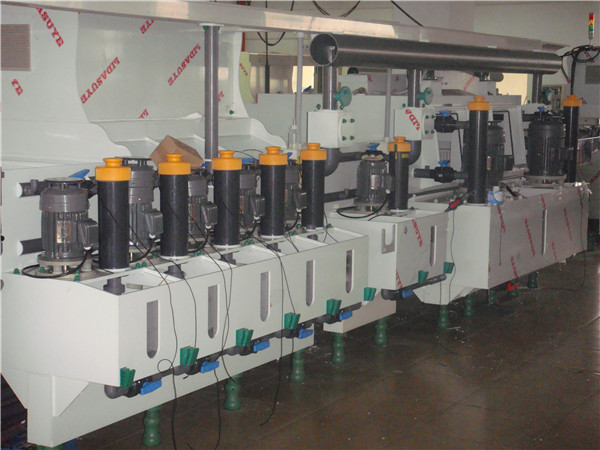Dez . 26, 2024 07:25 Back to list
ppr hot water pipe
Understanding PPR Hot Water Pipes Benefits and Applications
PPR (Polypropylene Random Copolymer) pipes have become increasingly popular in plumbing systems due to their excellent properties and versatility, especially for hot water applications. As a thermoplastic, PPR pipes are known for their durability, resistance to corrosion, and the ability to withstand high temperatures and pressures. In this article, we will explore the characteristics, benefits, and practical applications of PPR hot water pipes.
Characteristics of PPR Pipes
PPR pipes are made from polypropylene, a type of plastic which is modified to enhance its performance. The random copolymer aspect means that the molecular structure of the polypropylene is modified to improve flexibility and increase temperature resistance. PPR pipes typically have a smooth inner surface that minimizes friction, which reduces energy consumption in hot water systems. Furthermore, they come in a variety of diameters, making them suitable for both residential and commercial applications.
One of the distinguishing features of PPR pipes is their heat resistance. They can typically tolerate temperatures up to about 95 degrees Celsius (203 degrees Fahrenheit), which makes them ideal for transporting hot water. Additionally, PPR is non-toxic, making it safe for transporting drinking water, and it does not leach chemicals into the water supply.
Benefits of PPR Hot Water Pipes
1. Durability and Longevity PPR pipes have a long service life, often exceeding 50 years when properly installed. They are resistant to scale build-up, reducing maintenance needs and prolonging their functional lifespan.
2. Corrosion Resistance Unlike metal pipes that can corrode over time, PPR pipes do not rust or oxidize. This property is especially vital for hot water systems, where metal pipes may suffer from corrosion due to temperature fluctuations.
3. Thermal Insulation PPR pipes have good thermal insulation properties, which helps to maintain the temperature of hot water during transit. This results in energy savings since less heat loss occurs compared to traditional metal piping systems.
4. Lightweight and Easy to Install The lightweight nature of PPR pipes makes them easy to transport and install. Their flexibility allows for easier handling, requiring fewer supports than heavier piping materials.
ppr hot water pipe

5. Cost-Effective Although PPR pipes may have a higher upfront cost compared to some alternatives, their durability leads to lower maintenance and replacement costs. This makes them a cost-effective solution in the long term.
Applications of PPR Hot Water Pipes
PPR hot water pipes are widely used in various applications, ranging from domestic installations to industrial setups.
- Residential Plumbing In homes, PPR pipes are used for distributing hot water from boilers or heaters to sinks, showers, and radiators. Their safety features make them suitable for potable water systems.
- Commercial Buildings PPR pipes are commonly used in hotels, schools, and hospitals for efficient hot water delivery systems. Their reliability ensures that these facilities can provide hot water when needed.
- Heating Systems PPR pipes are often used in underfloor heating systems, where they facilitate the even distribution of warmth across large surface areas. Their thermal efficiency enhances the overall effectiveness of heating systems.
- Industrial Applications In industries where hot water is essential for processes, such as food and beverage production, PPR pipes are utilized due to their resistance to harsh chemicals and high temperatures.
Conclusion
PPR hot water pipes represent a modern solution in plumbing technology, offering a robust and effective means of transporting hot water. Their unique characteristics, such as durability, corrosion resistance, and thermal insulation, make them an ideal choice for various applications. As the demand for efficient and reliable plumbing systems continues to grow, PPR pipes are likely to play a pivotal role in both residential and commercial markets. With their long lifespan and cost-effectiveness, PPR pipes are more than just a trend—they are a smart investment for the future of plumbing.
-
High-Precision PVC Rigid Sheets for Vacuum Forming | AI-Optimized
NewsAug.05,2025
-
Durable PVC-M Water Supply Pipes | 60-Year Life
NewsAug.04,2025
-
Premium HDPE Water Supply Pipes: Durable & Leak-Proof
NewsAug.03,2025
-
Premium PVC-M Water Supply Pipe - Durable & Efficient
NewsAug.02,2025
-
HDPE Drainage & Irrigation Pipe - Durable, Efficient Solutions
NewsAug.01,2025
-
Premium PVC Transparent Pipe: Durable & Clear Solutions
NewsJul.31,2025

